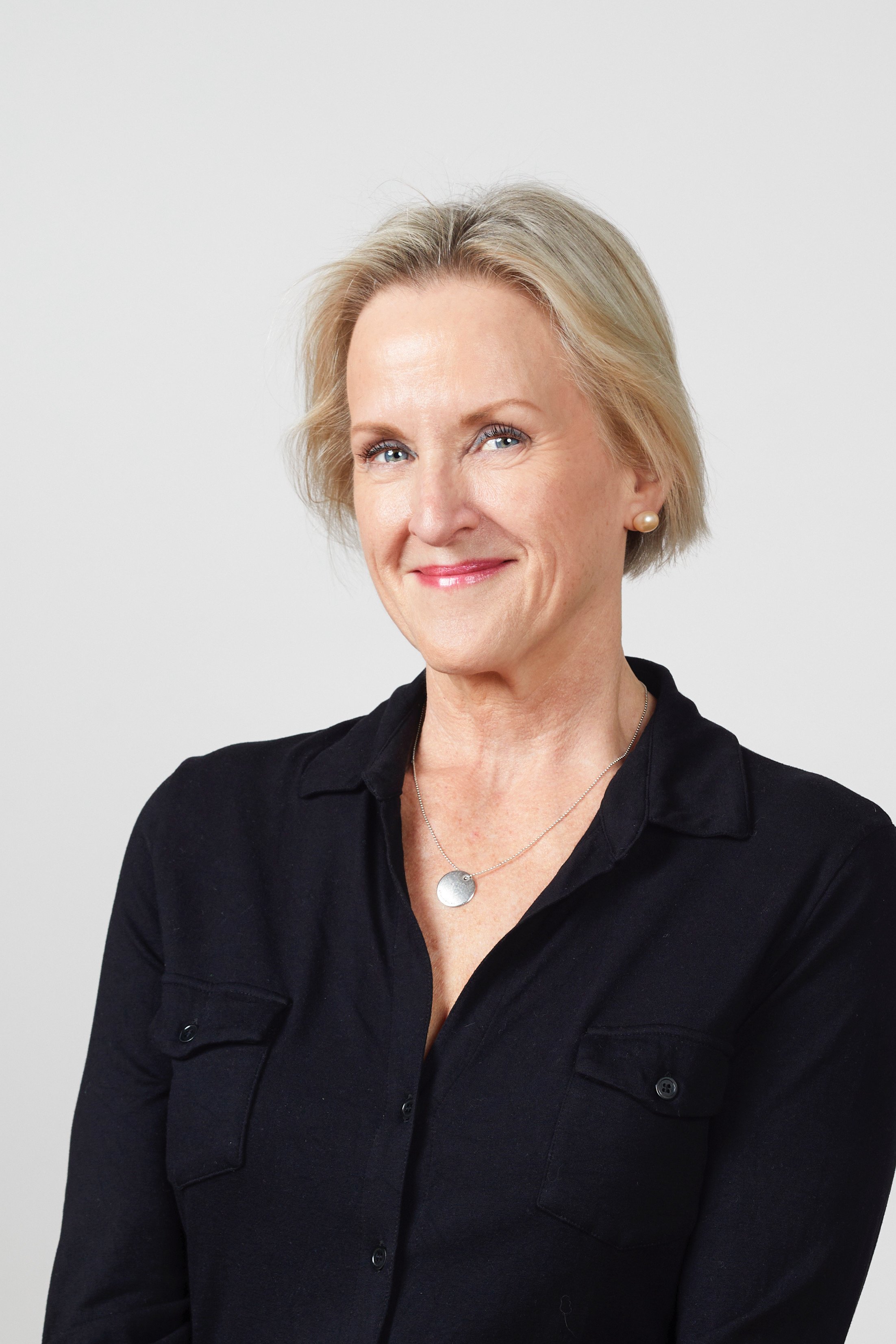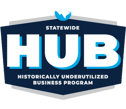As a new patient, what is the first thing your doctor’s office usually gathers from you? Baseline labs and tests so they can understand your current health conditions, medical history and track your health moving forward. This same approach, called medical surveillance, should be used by healthcare organizations to monitor healthcare professionals who handle hazardous drugs in hopes of successfully minimizing adverse health effects and preventing devastating illness.
While some surveillance is done by healthcare organizations, we say not nearly enough. Often the cost and scale of an effective program are the prohibitive factors. Another issue in operating this program as recommended by USP <800> and NIOSH is that this typically would fall under human resources instead of the pharmacy as most of the other regulatory guidance.
We ask, “What is the cost of NOT conducting detailed and ongoing medical surveillance?”
With more than 8 million U.S. healthcare workers exposed to hazardous drugs annually, the human cost is enormous. Who pays the price? The frontline workers such as nurses, physicians and also the maintenance crews who transport, handle, prepare, administer and dispose of hazardous drugs.
Currently, most medical surveillance programs consist of an initial acknowledgment of risk by the healthcare worker handling the hazardous drugs and then documentation when an exposure occurs. We say that this is not enough to effectively care for healthcare workers.
NIOSH says, “Medical surveillance involves collecting and interpreting data to detect changes in the health status of working populations potentially exposed to hazardous substances. The elements of a medical surveillance program are used to establish an initial baseline of workers’ health and then monitor their future health as it relates to their potential exposure to hazardous agents.”
NIOSH does offer guidance for an effective medical surveillance program that would monitor long-term effects and not only recent exposures, but many healthcare organizations are only able to meet basic recommendations.
NIOSH Medical Surveillance Recommendations in a Nutshell:
- Create a list identifying workers who may be potentially exposed to hazardous drugs.
- Based on the drug type they come into contact with, query healthcare workers periodically on reproductive and general health.
- Track drug handling by healthcare workers including the date when duties involving potential exposure began.
- Create an “initial baseline clinical evaluation, including appropriately targeted medical history, physical examination, and laboratory testing.”
- Develop a follow-up plan if an employee is significantly exposed or shows signs of changes in their health.
In an ideal situation, we recommend a comprehensive study of the health of everyone who comes into contact with hazardous drugs consisting of baseline chemical profiles and follow-up tests every six to nine months. This level of surveillance could help more accurately monitor any effects due to exposure over a healthcare worker’s lifetime reducing the most expensive cost - human cost.
If you’re preparing for an upcoming USP <800> inspection, be sure to check out our recent blogs covering the 8 Components of an Effective Hazardous Drugs Communications Plan, Part 1 and Part 2.


